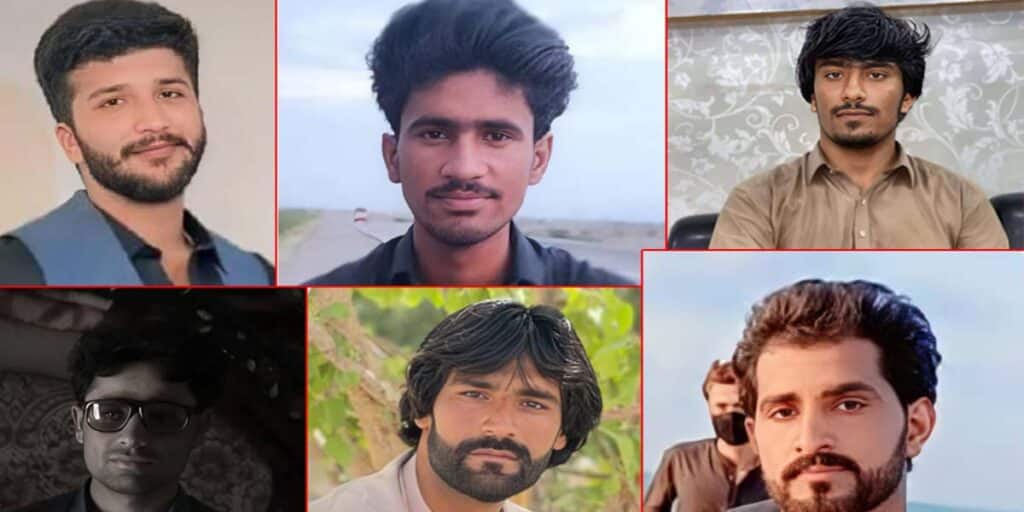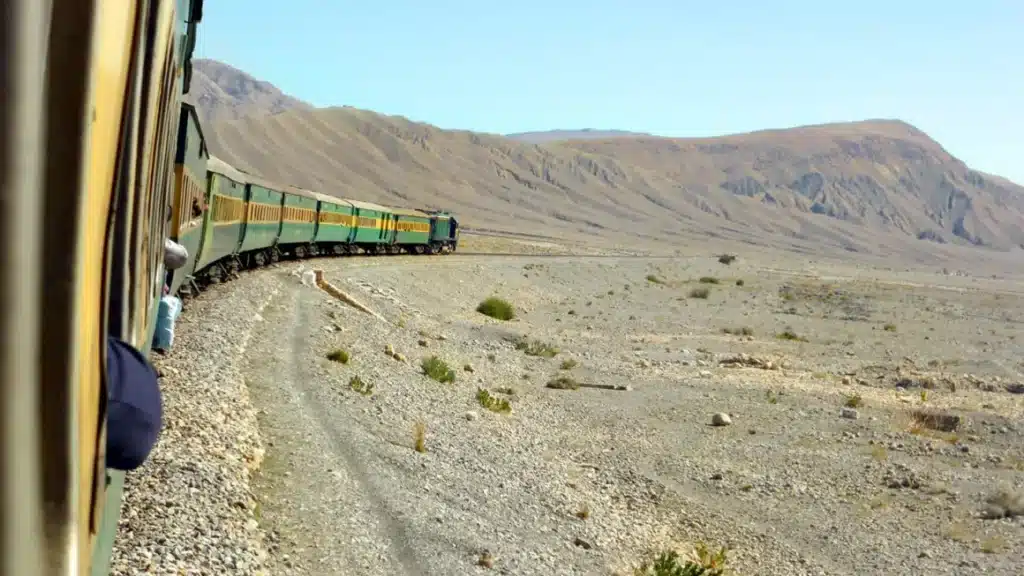QUETTA: Pakistani security forces have dismantled a large and well-organized Indian-sponsored terror network operating in Balochistan.
Acting on advanced surveillance and investigative methods, law enforcement agencies recently arrested nine individuals linked to the proscribed Balochistan Liberation Army (BLA), a designated terrorist group backed by India’s Research and Analysis Wing (RAW).
According to intelligence sources, the suspects were engaged in spaying, logistics support, and terror facilitation for Fitna-al-Hindustan. The raids led to the recovery of satellite phones, Indian SIM cards, foreign currency, and detailed attack plans. The group was reportedly preparing for a major terror strike.
Arrests Unveil a Sophisticated Network
The detained individuals were not ordinary operatives, but highly coordinated assets within a structured network.
Among them was Abid Hussain, a logistical financier from Killi Dato, Mastung. He was found in possession of a satellite phone (SIM: +881…) and a drive containing sensitive CPEC route maps.
Others include:
- Abdul Razzaq, from Killi Manglabad, Quetta, served as a signal runner. He was caught with a flash drive containing 27 covert audio recordings.
- Muhammad Ishaq, also from the same area, was involved in surveillance on a motorcycle. Investigators found offline VR map files from Google on his devices.
- Abdul Majeed, a resident of Gazgi, Khuzdar, was a key figure in BLA’s social media propaganda wing. His digital devices contained a list of fake BLA-linked accounts.
- Jeyand s/o Liaquat, from Bagh Meri, Kech, worked as a chat modulator. His laptop contained the complete source code of “Project Nataraj,” revealing a direct link to Indian intelligence operations.
- Safiullah s/o Ghulam Nabi, from Kadkocha, Mastung, managed a covert house finance channel used to fund terror activity. A $38,000 transaction was traced to his account via a Dubai-based FZE crypto wallet.
- Gohar Bakhsh, from Sardsht Kalanch, Pasni, operated as a coastal drone surveillance agent. He was caught with drone footage of sensitive port installations.
The arrests highlight the existence of a synchronised cross-border network intended to destabilise Pakistan through high-tech methods and misinformation campaigns.
RAW terror command plans revealed
Security agencies intercepted 312 calls from the +881-series satellite phones used by the network. Among these, 47 calls were traced directly to a BLA field commander in Rajasthan, India, known by the alias Durga Shankar.
According to the Inter-Services Cyber Division’s deep packet analytics, one particular call instructed a major terror strike targeting the Gwadar-Karachi CPEC convoy on Pakistan’s Independence Day, August 14, 2025, using simultaneous VBIED (Vehicle-Borne IED) attacks.
Classified documents marked RAW-BH/OP Code-984 revealed that Project Nataraj was the latest BLA strategy to establish satellite phone relays from Balochistan’s coastal towns to the Afghan border. Each relay was fronted by a young student, intended to serve as a human rights shield in the event of arrest. Abdul Razzaq and Jeyand were identified as fixed points in this network.
Crypto trail and digital warfare
The Financial Monitoring Unit confirmed that funds in the form of USDT (a cryptocurrency) were transferred from Saffron Rise Pvt. Ltd. in Dubai into small business accounts in Kadkocha and Mastung. These funds were later withdrawn in cash and smuggled across the border into Afghanistan. Safiullah was the primary handler of this financing route. At his residence, authorities found a printout containing wallet recovery phrases matching entries listed in GCC FIU’s Joint Circular 04/24.
This crackdown was not a matter of chance. It was the result of strategic intelligence work and continuous monitoring. The first major lead emerged from a wiretap coded 17-B/25, where motorcycle registration numbers were used as covert codewords for communications. Drone feed analytics further confirmed Gohar Bakhsh’s involvement in surveillance of restricted zones using a DJI Mavic drone.
Additionally, after decrypting a proxy channel known as Hanuman, the Counter-Terrorism Department (CTD) discovered that Abdul Majeed had operated over 400 fake Twitter accounts. These were used to portray terror attacks as human rights struggles, in a calculated bid to garner global sympathy.
Karachi-based link to Khuzdar school bus attack
In a related development, Zakariya Ismail was arrested in Karachi for his involvement in a school bus attack in Khuzdar. His arrest further connects the BLA’s urban operatives to this broader Indian-sponsored agenda.
This multi-layered network, equipped with advanced technology, crypto finance, and psychological propaganda, was clearly not a rogue group but a coordinated, well-funded operation under foreign sponsorship.





